Special offer on incense and amulets
$179.00 Original price was: $179.00.$159.00Current price is: $159.00.
May all disasters be averted, may the weather be favorable, may all beings be happy, and may peace and good fortune prevail.
As the Buddhist scriptures say, “A single petal of incense fills the ten directions, and all Buddhas can smell it.” Amidst the swirling smoke, leave your blessings for your family, friends, and yourself. As long as you have a sincere heart, your wishes will come true.
Burning incense is a religious ritual to pay respects to gods and Buddhas, and it is also metaphorically used to refer to bribing those in power. In Daoism, burning incense is divided into two types: the temple master burning incense and the altar master offering incense. The former involves placing three sticks of incense horizontally in the incense burner, while the latter involves inserting sandalwood incense into the burner in stages, with strict attention to direction. Kneeling and bowing are performed in accordance with rituals such as three bows or nine bows, symbolizing the “81 transformations” of the universe. Buddhism emphasizes burning three sticks of incense with a pure heart to offer to the Three Treasures of Buddha, Dharma, and Sangha, advocating that “a single petal of incense from the heart” resonates with the Dharma Realm, and that upholding precepts and cultivating virtue is the “true incense.”
“Kāiguāng” is a ritual in religious or folk beliefs, commonly found in Buddhism, Taoism, and some traditional cultures. Its core meaning is to endow objects with ‘spirituality’ or “sacredness” through specific rituals, thereby granting them symbolic or practical significance.
In Buddhism, it represents sanctification and connection. Buddhist consecration ceremonies are typically performed on Buddhist statues, ritual objects, and prayer beads, led by high monks who recite sutras and mantras. This symbolizes awakening the “spiritual essence” of the statue or object, making it a tool to assist believers in their spiritual practice. Buddhism emphasizes that the essence of consecration is to “awaken the inherent light of all beings,” meaning the ritual serves to remind believers of their inherent enlightenment, rather than simply endowing objects with divine power.
For believers, consecrated items are regarded as a medium connecting them to deities or Buddhist teachings, enhancing faith and dispelling fear (e.g., wearing amulets). From a psychological perspective, such rituals may provide a sense of stability through psychological suggestion, helping individuals focus their minds and alleviate anxiety.
In folk traditions, consecration is commonly applied to talismans (e.g., jade pendants, bracelets), vehicles, and homes, believed to ward off evil, prevent disasters, and attract wealth and blessings. For example: house blessings (cleansing the home) and car blessings (praying for safety) are often combined with local customs.
We offer blessings for amulets, which are easy to carry. They can be placed in cars, phone cases, wallets, bedside tables, drawers, and so on.


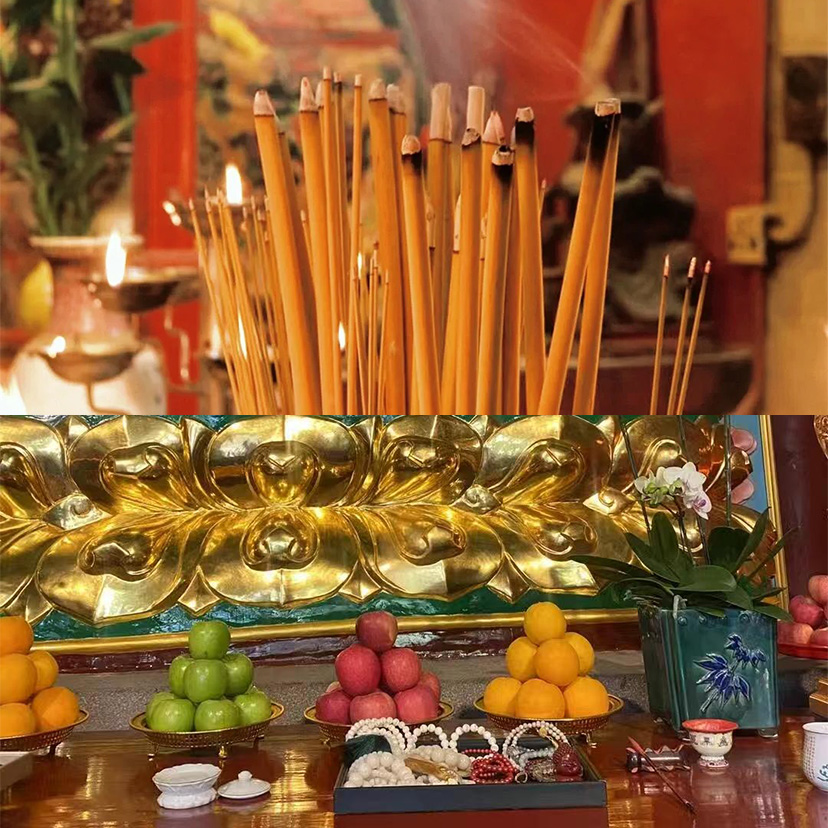
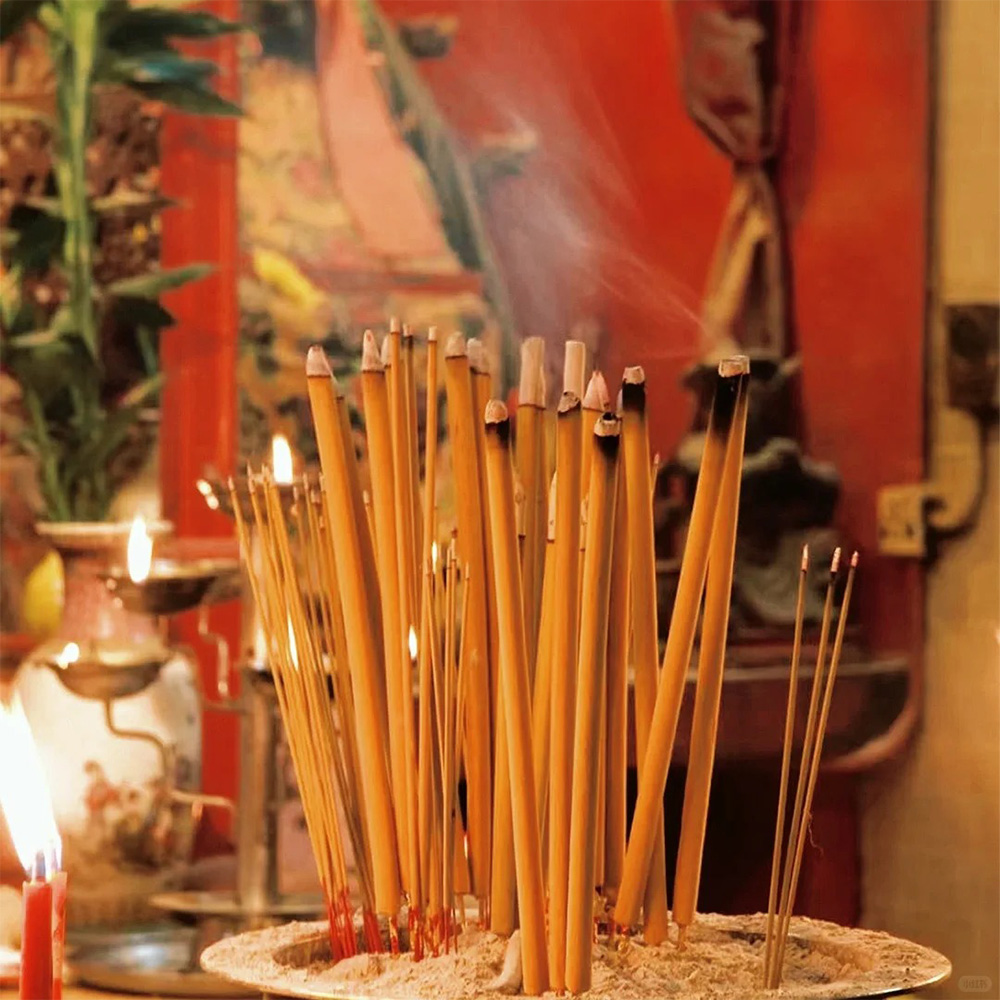

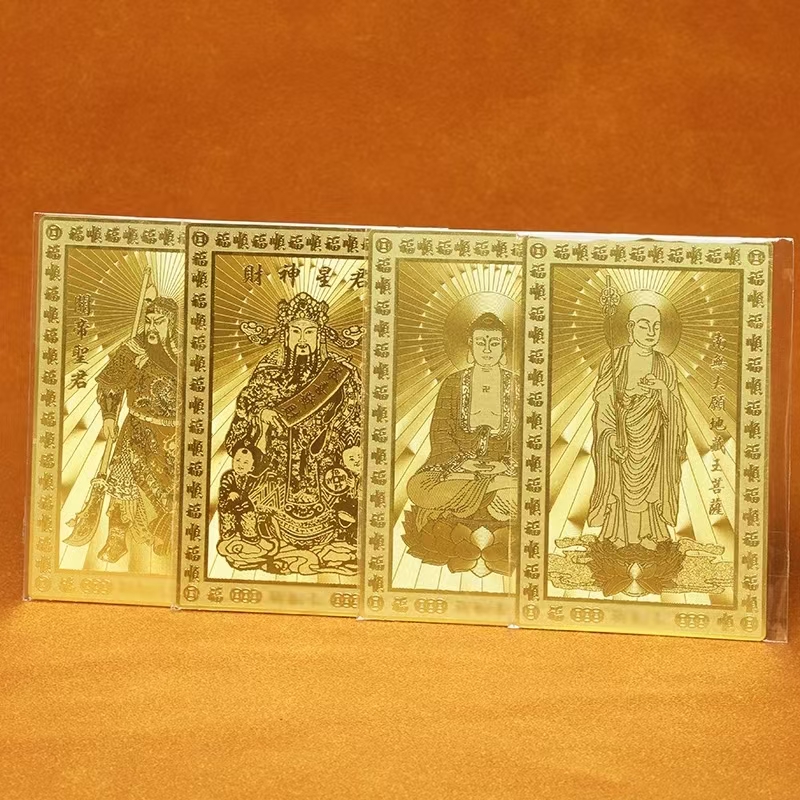
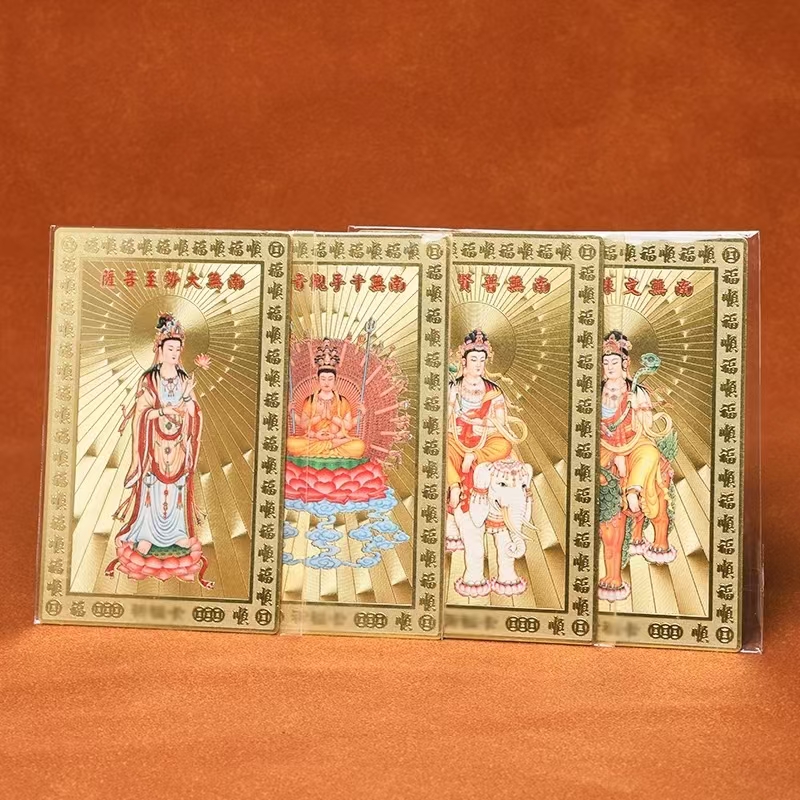
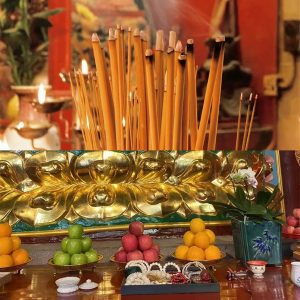
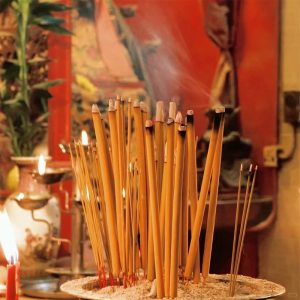
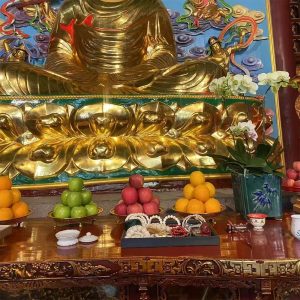
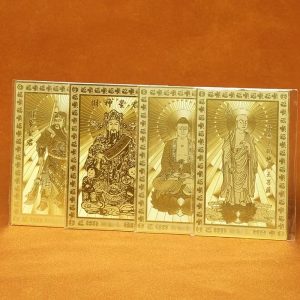
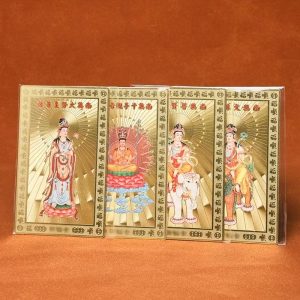


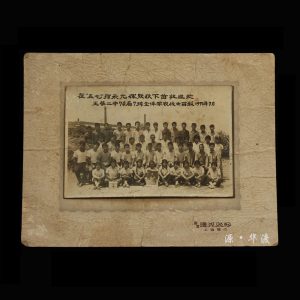
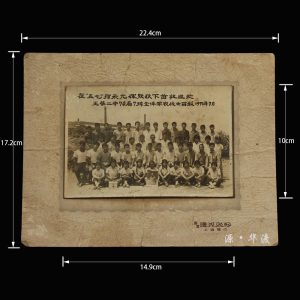
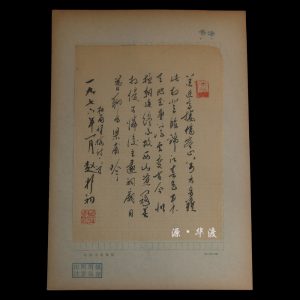
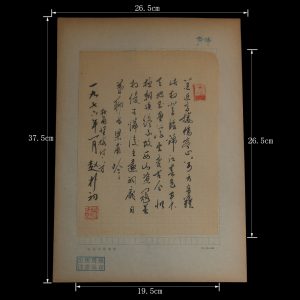
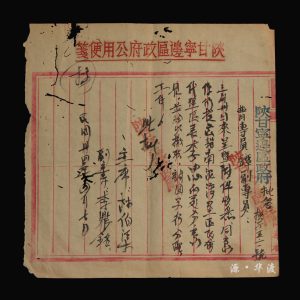
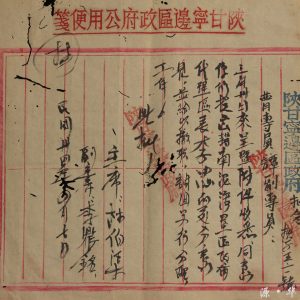
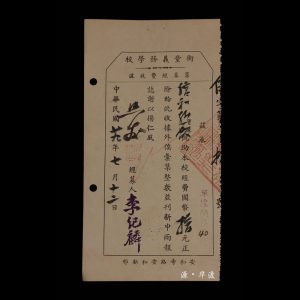
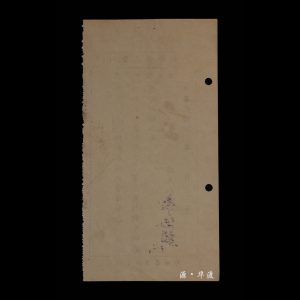
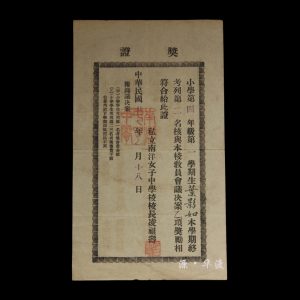
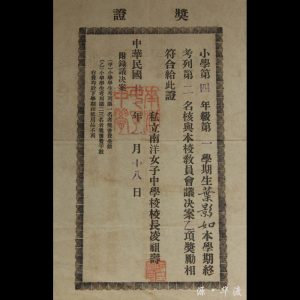
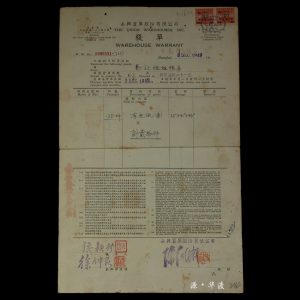

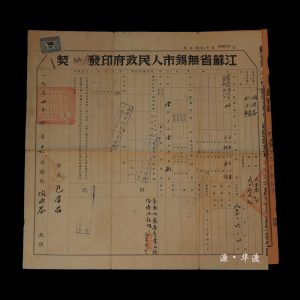
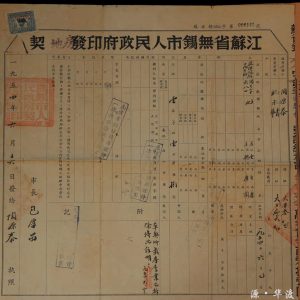
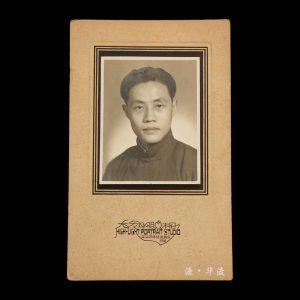
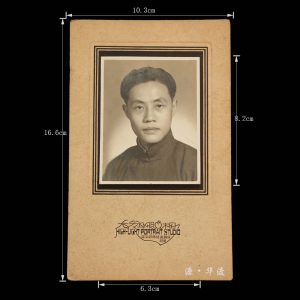
Reviews
There are no reviews yet.